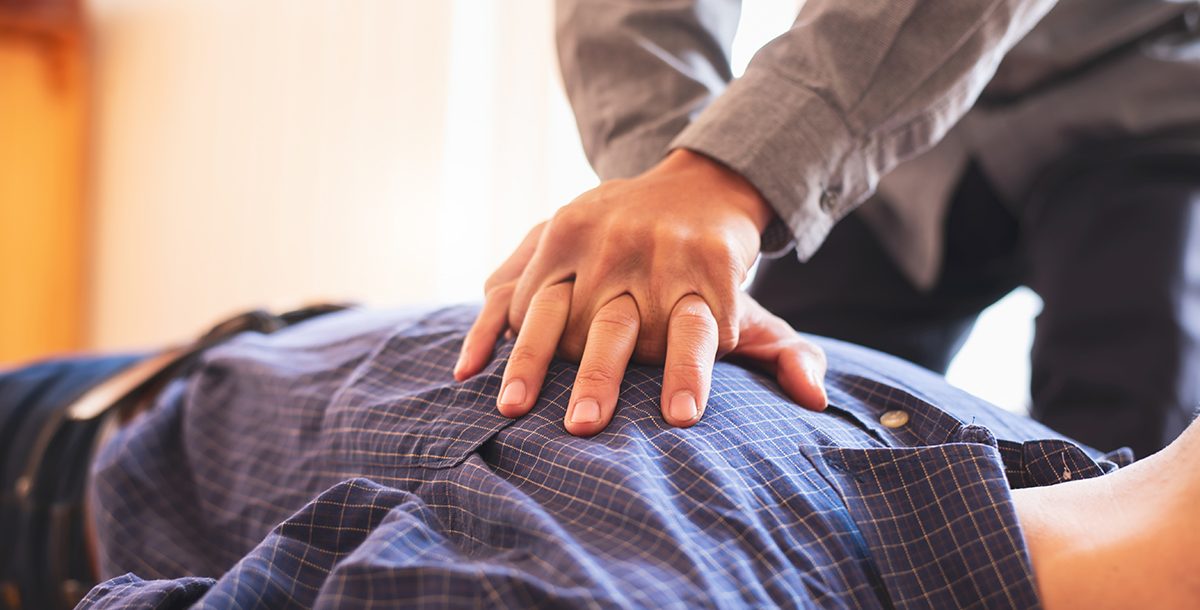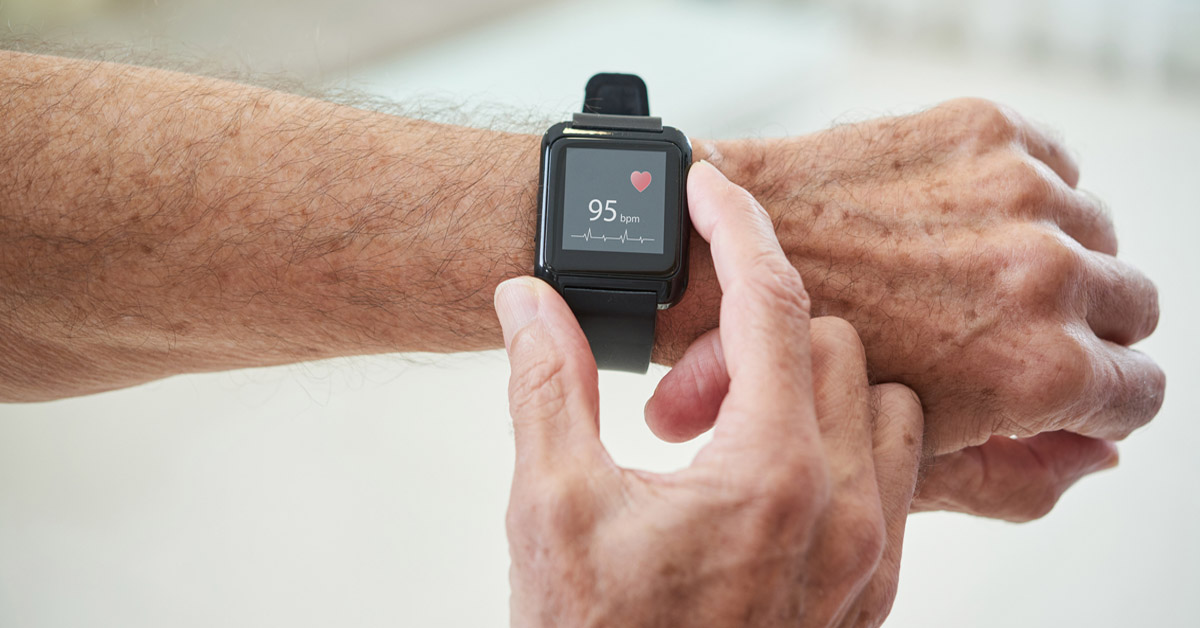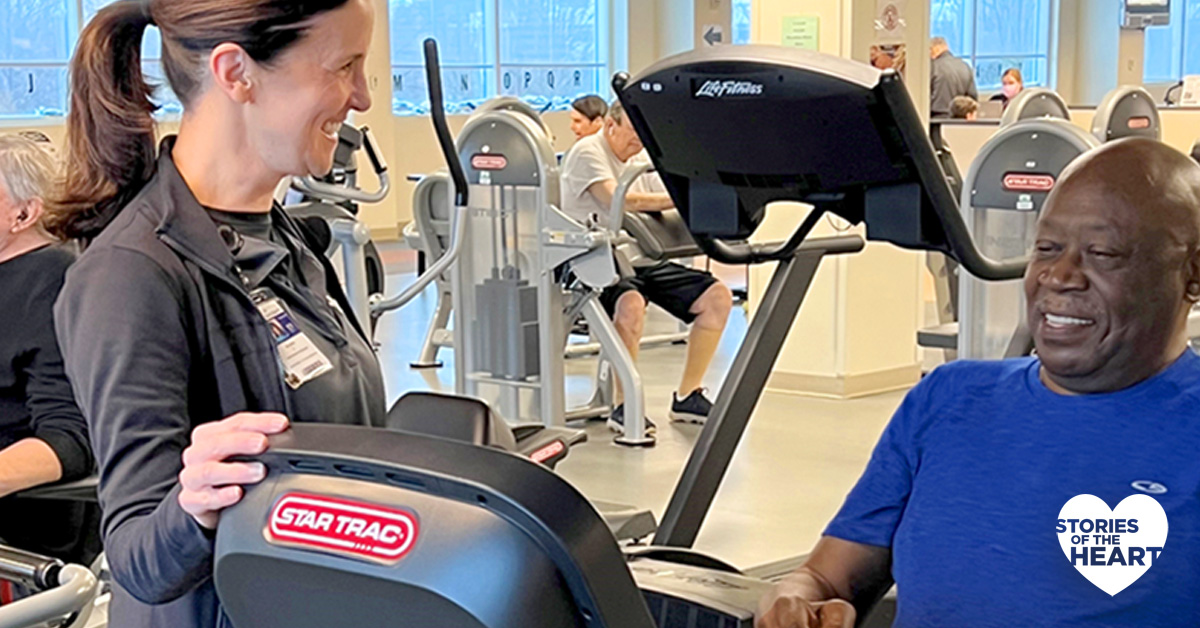According to the American Red Cross, most people who survive a cardiac emergency are helped by a bystander.
This means someone was not only in right place at the right time to call for help, but also begin administering hands-only CPR.
Over the years, CPR has undergone changes as research has shown certain techniques to be more effective than others. Hands-only CPR is the current recommended technique as it has proven to help buy first responders more time to get to the scene when a person experiencing cardiac arrest.
So, what exactly is cardiac arrest? It occurs when there is a sudden malfunction of the heart. This then leads to an irregular heartbeat, also known as an arrhythmia. With the heart not being able to do its job properly, blood flow to the lungs, brain and other organs is compromised.
Someone experiencing cardiac arrest may have one or all of these symptoms:
- Grabbing at their chest
- Suddenly losing consciousness
- Stopping breathing completely or gasping for air
In a situation where cardiac arrest occurs, it’s critical to act quickly. That is why it is important for all of us to do our part by having a basic understanding of hands-only CPR.
- First, call 911 for help.
- Second, push hard and fast in the center of the person’s chest.
When it comes to cardiac arrest, don’t hesitate! These two steps can be the difference between life and death for the individual.
Learn about the heart and vascular health care services we provide at Bon Secours.





